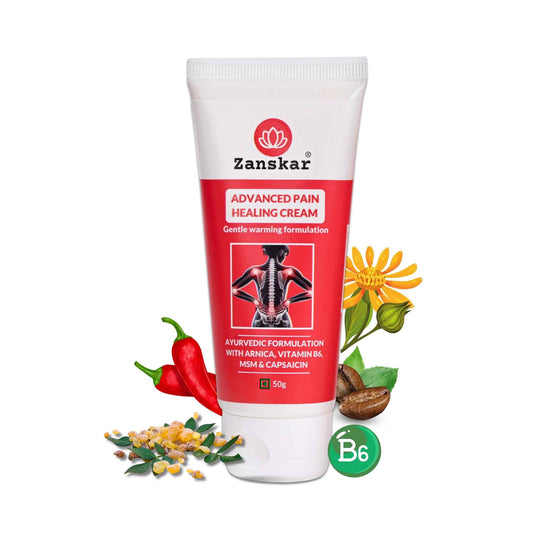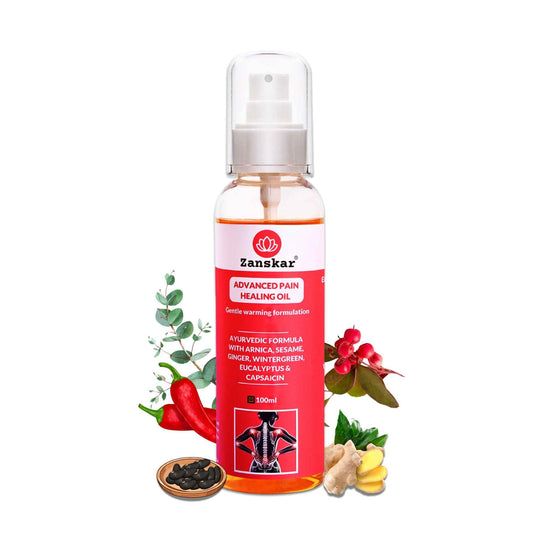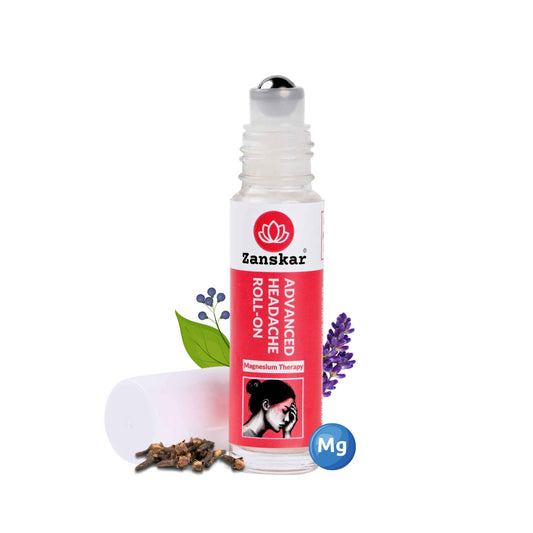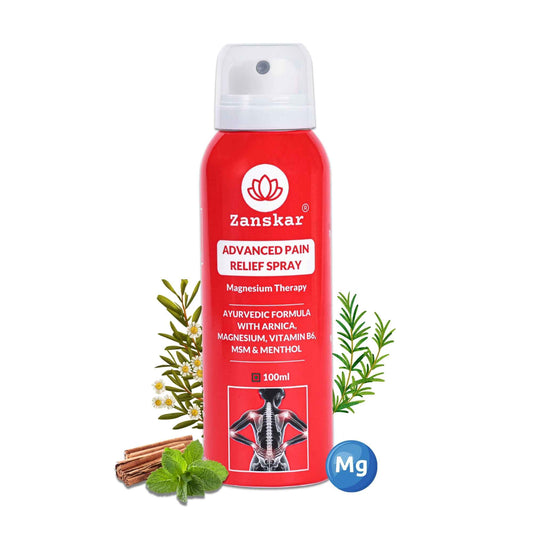
Knee Pain Going Down Stairs? Here’s What You Need To Know and Top Tips to Beat It
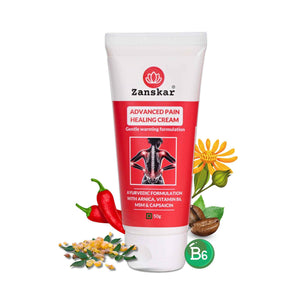
Knee pain going down stairs, and as you go back up, is a common problem and can make life really tricky.
It is not surprising so many people complain of pain when you consider that the force going through the kneecap is 3.5x body weight when you come down the stairs vs only 0.5x body weight while walking.
So it’s no wonder that people often find it difficult!
Getting up and down stairs requires a combination of strength, mobility, knee flexibility, balance and control and any swelling, irritation, damage or inflammation in the knee joint can easily be aggravated by stairs. Whether your knee pain is worse going up or downstairs, starts immediately or if you’ve done too much, there are some simple things you can do that can make a massive difference.
What Causes Knee Pain On Stairs?
There are a number of things that can result in knee pain on stairs. Some people find it worse going upstairs, others struggle more coming down.
How To Beat Knee Pain On Stairs
It might sound strange to think about this when you’ve been climbing stairs for years, but by making some small changes to how you go up and down, you can really reduce the stress on your knee and reduce knee pain on stairs.
1. Correct Form

· Use the whole foot: Stepping on the toes is known to cause pain and compress the knee.
· Activate the gluteal muscles (hips): Do this by starting with your heels facing outwards when you are the top of the stairs and you push using the muscles in your hips while coming down. This puts less strain on the knee.
2. Lead With The Correct Leg
As well as going one step at a time, thinking about which leg moves first can also really help, and it’s different depending on whether you are going up or down stairs.
· Going Upstairs: Step up first with your good leg, then follow onto the same step with your bad leg. Repeat all the way up
· Coming Downstairs: Step down first with your bad leg, then follow onto the same step with your good leg. Repeat all the way down.
Following this order on the stairs requires less knee flexion and places less force through the affected knee so reduces knee pain on stairs. You’ll be surprised how much difference it makes!
3. Use The Hand Rail
It might seem obvious but holding on to a bannister/rail can also really help reduce knee pain on stairs as you can take some of the weight through your upper body which helps reduce the weight going through the knee.
Remember, you can always stop part way up and lean on the rail/wall to give your leg a break.
4. Warm Up Your Knee
Knee pain on stairs is often due to stiffness and a lack of lubrication in the knee joint. Our knees stiffen and tighten fairly quickly when we don’t use them. This is particularly the case following a knee injury or with certain knee conditions such as knee joint pain.
Our joints need lubricating, just like our cars need oil. When the knee moves, it pumps fluid around which helps to lubricate the joint. When we sit still, or lie down, the “natural oil” can dry up and when we get up, the knee can feel stiff and sore when we get up and feel even worse on stairs/steps.
People often find their knee pain on stairs is worse either first thing in the morning, or after they have spent a prolonged period of time sitting or lying down. This is because the knee joint has “dried up” and feels stiff and sore.
But by simply bending and straightening your knee for a minute or two before you get up and head to the stairs, it can feel a lot more comfortable. This simple action gives the body time to prepare and for the knee joint to produce the fluid needed to lubricate the joint and allow the knee to move freely on the stairs.
5. Improve Your Strength
If the muscles that support your knee are weak, then you are much more likely to get knee pain on stairs. If the muscles can’t properly support the knee, then more force will go through the knee bones and knee cap which can lead to pain. Muscles may lack:
· Instantaneous Strength: how strong a contraction they can perform. The muscles need enough strength to be able to move the knee and support it so it doesn’t give way
· Endurance Strength: how long they can work for. The first few steps might feel ok, but if lacking endurance, the leg muscles quickly tire and work less effectively leading to more knee pain on stairs
Here are two simple exercises can really help with both.
Sit To Stand Strengthening

This is a really simple, functional exercise that helps reduce knee pain on stairs:
· Sit in a chair, both feet flat on the floor, arms out in front or by your side
· Bring your head and shoulders forwards, push down through your legs and stand up straight
· To sit back down stick your butt backwards, bend your knees and lower down into the chair
· See how many reps you can do in 1 minute
Step Up Strengthening

· Stand facing a single step or at the bottom of the stairs, both feet together
· Step up with your good leg and then bring your bad leg up onto the same step
· Step back down with your bad leg and then your good leg
· Repeat for 1 minute
As your knee muscles get stronger, you should notice that it gets easier to get up and down the stairs. It might be that there is less knee pain on stairs, that you can get up quicker or that you rely less on the hand rail.
But stick with it – it may take around 4 weeks or so to notice much difference and things will continue to improve over the next few months so don’t give up!
These are just two simple exercises that can really help to improve strength and reduce knee pain on stairs.
6. Improve Knee Mobility
To be able to walk upstairs normally i.e. only placing one foot as opposed to both on each step, your knee needs to be able to bend a certain amount. Generally, you need between 90-110 degrees of knee flexion to climb stairs normally. Obviously, the higher the step, the more the knee will need to be able to bend.
It is a similar story for knee extension too – weight bearing on a bent knee places much greater force through the knee joint than weight bearing on a straight knee.
If you have knee stiffness that restricts your knee flexion to less than 110 degrees and/or prevents you from fully extending your knee, then you are likely to get knee pain on stairs and will struggle to do stairs normally. So improving the range of motion at your knee is really important. You don’t need to have full range of flexion, but aim for 0-110 degrees.
Here are a couple of exercises that can really help to improve reduce stiffness and knee pain on stairs.
Knee Slides For Flexion

· Lie on your back, good knee bent, leg to be worked out straight
· Slide your heel towards your buttocks bending the knee as far as you can
· Hold for 3 seconds and slide your leg back down straight
· Repeat 20 times
Progression: In the bent position, hook your other foot over the front of the ankle. Push your affected leg back with your good foot to help bend the stiff knee further.
Prone Knee Hangs For Extension

· Lie on your stomach, stiff knee bent, good leg straight, with a folded towel underneath your stiff knee
· Slowly let your stiff knee straighten so it hangs off the end of the bed
· Relax and let gravity gradually draw the knee down so it straightens further
· Hold this position for 30 seconds, bend the knee up and down a few times to loosen it back up and then repeat the exercise 10 times
Progression: If you are struggling to get those last few degrees of extension, wear an ankle weight or shoe to increase the stretch
7. Use A Knee Support or Brace
If the knee is feeling weak and sore, you might find that wearing elasticated bandage or a knee support helps reduce instability and knee pain on stairs. Ideally this should only be a short time measure while you work on knee strengthening exercises.
Once you have built up the strength and endurance in the knee muscles, you shouldn’t need the extra support any more. Wearing a knee brace or support when you don’t need one can actually be counter-productive because it doesn’t get the muscles working as much so can lead to weakness.
8. Use a Crutch/Stick
Extra support to take the weight off your knee can really help reduce knee pain on stairs. If you don’t have any bannisters/hand rails on your stairs or only have one on one side, using crutches or a stick can help. You can use the crutch like a rail and reduce the pressure through the knee. Indeed, studies have shown that using a walking cane can reduce the forces through the medial side of the knee by 15-45%.
You want to follow the same pattern as with a rail going one step at a time, but you will also need to think about when to move the crutch.
Always start with your crutch(es) on the same step as both feet.
· Going Upstairs: Step up with your good leg, bring your bad leg on to the same step and finally bring the crutch up to the same step.
Remember the mantra “good leg, bad leg, crutch.”
· Going Down Stairs: Place your crutch down on to the step below, step down on to that step with your bad leg and then bring your good leg down onto the same step.
Remember the mantra “crutch, bad leg, good leg.”
The key here is the crutch always stays with the bad leg. People’s natural tendency is to have the crutch on the higher step, but if you do that, you can’t put as much weight through it due to the angle of your shoulder. It also throws you off balance. The crutch/stick should always be either on the same step as the other two feet or the lower step, never the higher step.
But remember, it is really important to know what is causing your knee to hurt on stairs in the first place. Knee pain treatment will be slightly different depending on what is wrong – you may have a cartilage tear, joint pain, an inflamed bursa or something else entirely causing your knee pain on stairs. There are a number of different knee problems that can cause knee pain going up and down stairs.
So get checked out, follow the advice given here, do your exercises and take back control so you can beat knee pain on stairs.
Learn More About Zanskar Health
If you have joint or muscle pain that makes it hard to move, Zanskar offers the most advanced full stack pain relief solutions for you.
Now available to purchase, Zanskar® Advanced Pain Healing Cream has a unique formulation of natural ingredients like Arnica, Vitamin B6, MSM and Capsaicin, which is trusted by over 20L+ pain sufferers globally. It provides lasting relief from muscle and joint discomfort that you can feel good about. Get your fix before stocks run out - buy now.
You can also gain access to therapeutic exercises and stretches for your condition by downloading the Zanskar Health physiotherapy mobile app. Additionally, you’ll have a personal care team to guide, support, and tailor our program to you, including behavioral and nutritional coaching.
Download our mobile app here 👉 download and track your exercise streak.
Medical Review: This article is written by Dr Nishtha Mittal (Senior Health Content Editor at Zanskar Health) and has been medically reviewed by Dr Rashi Goel (Senior Physiotherapist at Zanskar Health). This article and its contents are provided for educational and informational purposes only and do not constitute medical advice or professional services specific to you or your medical condition.




